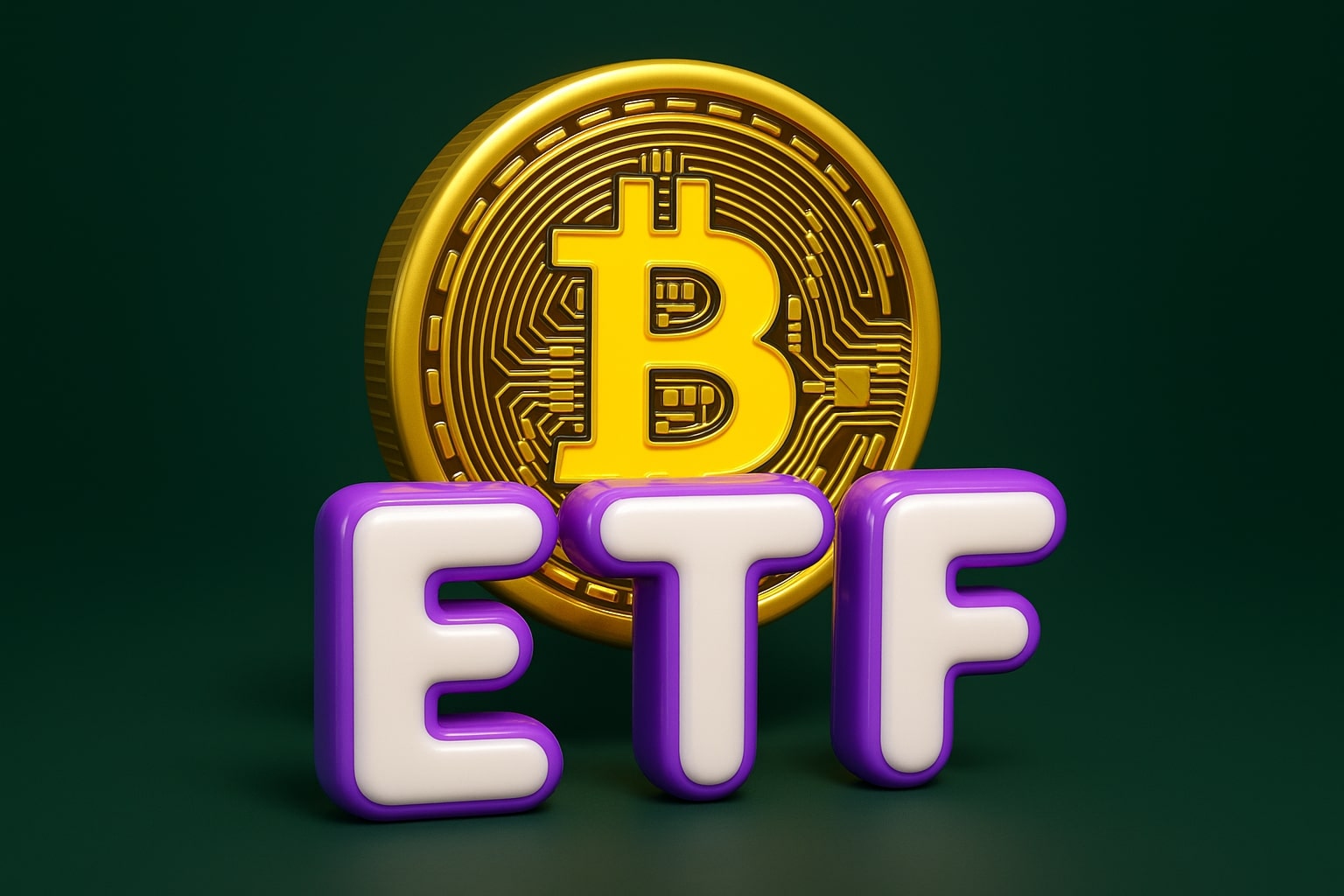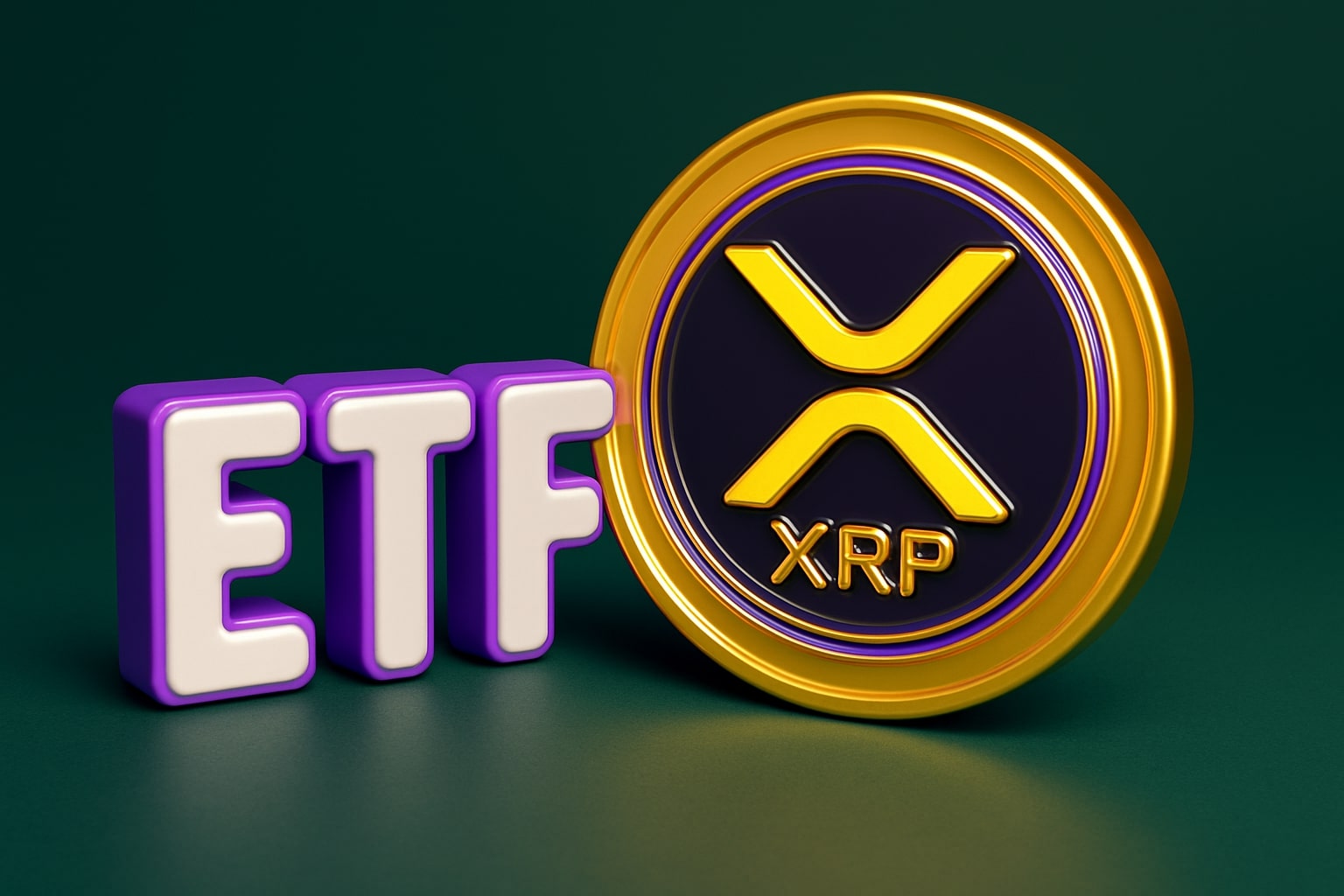
Bitcoin ETF Outflows Reach $151M Amid Rotation to Ethereum, Solana, and XRP ETFs
Bitcoin (BTC-USD) drops to $87,100 as institutional investors trim IBIT positions and redirect capital toward altcoin ETFs, reshaping crypto market leadership for 2026 | That's TradingNEWS
Institutional Shake-Up: Bitcoin ETF Outflows Hit $151 Million as Investors Pivot Toward Ethereum, Solana, and XRP ETFs
Massive Withdrawals from Bitcoin ETFs Reflect Shifting Market Dynamics
Bitcoin (BTC-USD) continues to lose institutional dominance as spot Bitcoin ETFs recorded $151.08 million in outflows on November 24, extending a streak of heavy redemptions that has reached $3.79 billion in November alone. This follows a near 30% correction in Bitcoin’s price to $85,100, down from October’s high above $115,500, as institutions reassess exposure amid tightening global liquidity and uncertain U.S. Federal Reserve policy.
BlackRock’s iShares Bitcoin Trust (NASDAQ:IBIT)—the largest Bitcoin ETF by assets—led redemptions with over $2.1 billion in withdrawals this month. The fund’s price closed at $49.56, down 2% on Tuesday, continuing a multiweek decline that mirrors weakening demand. Meanwhile, Fidelity’s FBTC stood out with a modest $15.49 million in inflows, underscoring selective institutional retention rather than broad confidence. This split reveals the core of the current crypto investment cycle: the risk rotation away from the sector’s benchmark asset into ecosystem-driven alternatives like Ethereum, Solana, and XRP.
Altcoins Take the Spotlight: Ethereum, Solana, and XRP Absorb Institutional Flows
While Bitcoin struggled, capital rotation favored altcoins. Ethereum ETFs posted $96.67 million in inflows, led by BlackRock’s ETHA, which captured $92.61 million alone. Ethereum (ETH-USD) traded around $2,925, recovering 3% intraday but remaining 2% lower week-over-week. This sustained institutional interest in Ethereum stems from its maturing network fundamentals, scaling infrastructure, and the imminent staked ETH trust structure that allows yield distribution within regulated ETF vehicles.
Solana ETFs added $57.99 million in new inflows, marking 20 consecutive days of positive institutional demand, with total assets now surpassing $500 million across Bitwise and Grayscale products. Solana (SOL-USD) traded near $138, posting a 5% daily gain despite a 30% monthly correction, highlighting confidence in its improved network reliability and thriving developer ecosystem.
The real surprise came from XRP ETFs, which outperformed all others with $164.04 million in inflows across Grayscale’s GXRP and Franklin Templeton’s XRPZ, debuting with a combined $164.1 million in day-one net inflows. XRP’s price rose 8.6% to $2.20, underscoring renewed institutional confidence following U.S. regulatory clarity and Ripple’s strengthened legal position. These inflows pushed cumulative spot XRP ETF totals to $586.8 million in under two weeks—a record for a newly launched altcoin fund category.
BlackRock’s Dual Position: Bitcoin Outflows, Ethereum and XRP Accumulation
BlackRock’s role in the ETF rotation remains pivotal. The world’s largest asset manager, with $9.6 trillion in AUM, saw outflows of over $2 billion from its flagship IBIT product but has simultaneously funneled capital toward Ethereum and XRP-linked funds. Its ETHA ETF absorbed nearly all of Ethereum’s recent inflows, while its absence from XRP ETFs is strategic rather than dismissive—sources indicate BlackRock may be evaluating custody integration for future XRP or Solana derivatives. The firm also transferred 6,735 BTC ($616 million) and 64,706 ETH ($200 million) to Coinbase Prime last week, signaling ongoing portfolio rebalancing rather than outright risk aversion.
Market Sentiment: Macro Headwinds and Risk Reallocation Drive Divergence
Bitcoin’s weakness stems not only from ETF redemptions but also from tightening macro liquidity. The U.S. dollar index remains above 104, and the Fed’s December policy window continues to pressure risk assets. Bitcoin’s RSI fell to 25.47, signaling deep oversold territory, yet volume data suggests institutions are trimming exposure rather than capitulating.
Analysts at BRN Research describe this phase as a “high-volatility accumulation zone” between $84,000 and $90,000, emphasizing that conditions for a durable bottom are forming but not yet confirmed. Institutions are reallocating long-term capital selectively, favoring assets with clear yield structures or application utility. Ethereum’s staking yield and Solana’s performance efficiency fit that profile better than Bitcoin’s passive store-of-value narrative under current liquidity constraints.
IBIT ETF: Liquidity Leader Facing the Harshest Withdrawals
BlackRock’s iShares Bitcoin Trust (NASDAQ:IBIT) remains the liquidity anchor for institutional Bitcoin exposure, yet its performance mirrors the sector’s weakness. IBIT trades at $49.56, down from its October peak of $71.82, and sits near the lower end of its $48.84–$50.00 daily range. Its market cap of $159.77 billion underscores scale, but declining volume (71.2 million shares) indicates fading momentum. The ETF’s year range of $42.98–$71.82 highlights the depth of retracement since Q3 inflows peaked.
Despite outflows, IBIT remains the institutional benchmark—its direction dictates sentiment across digital assets. Traders now view $48.50 as a technical support zone, with resistance near $51.00, while a break below $48 could trigger further redemptions.
Emergence of Diversified ETF Demand: IBIT’s Loss Is Altcoin’s Gain
Institutional inflows into altcoin ETFs signify diversification rather than retreat. XRP and Solana’s fund activity mirrors early-stage capital migration witnessed during gold’s transition into multi-commodity ETF frameworks in the early 2000s. In 2025, total Bitcoin ETF lifetime inflows surpassed $40.33 billion, but November’s redemptions show liquidity rotation within crypto rather than capital flight. Ethereum, Solana, and XRP’s combined inflows of $318 million in a single day partially offset Bitcoin’s $151 million outflows, proving that institutional capital is not exiting the crypto asset class—it’s repricing leadership.
JPMorgan and Institutional Strategy Signals
Amid this rotation, traditional banking giants like JPMorgan Chase & Co. (NYSE:JPM) have shifted tone. Analysts from the bank, previously cautious on spot Bitcoin ETFs, now interpret the divergence between BTC outflows and ETH inflows as structural, not cyclical. JPMorgan’s cross-asset strategy team notes that “the rotation out of Bitcoin ETFs into Ethereum and Solana funds signals a transition from speculative inflows to utility-driven exposure.” JPMorgan’s prime brokerage data shows its institutional clients increased altcoin ETF allocations by 23% month-over-month, contrasting a 15% decline in Bitcoin-linked products.
Read More
-
MSTY ETF Collapses to $6.94 as Microstrategy (MSTR) Stock $543-to-$172 Crash and Bitcoin’s $85K Slide Trigger Yield Trap
25.11.2025 · TradingNEWS ArchiveStocks
-
XRP ETFs Record $164M Inflows as XRPI and XRPR Hold Firm at $12.86 and $18.07 with XRP Rebounding to $2.19
25.11.2025 · TradingNEWS ArchiveCrypto
-
Natural Gas Price (NG=F) Drops to $4.39 as Record Output and Global LNG Flood Weigh on Futures
25.11.2025 · TradingNEWS ArchiveCommodities
-
USD/JPY Price Forecast - Dollar to Yen Drops to 156.05 as Weak U.S. Data Shake Dollar Strength
25.11.2025 · TradingNEWS ArchiveForex
Broader Impact: Institutional Rotation Redefines Crypto Liquidity Hierarchy
The $151 million outflow from Bitcoin ETFs does not reflect market exit—it represents capital migration into diversified crypto ETFs offering differentiated return potential. Ethereum’s network upgrades, Solana’s scaling breakthroughs, and XRP’s regulatory clarity provide structural narratives for allocation continuity. The total ETF market capitalization for crypto-linked funds now exceeds $91 billion, with Bitcoin still commanding over 65% of total assets despite short-term weakness.
Short-Term Technical Outlook and Price Levels
Bitcoin trades near $87,167, down 2.11% on the day. The $85,000–$89,000 consolidation zone remains pivotal. A recovery above $90,000 would signal short covering and ETF stabilization, while a sustained breach below $84,000 risks triggering additional institutional withdrawals. Meanwhile, Ethereum’s $2,925 support aligns with BlackRock’s ETHA ETF inflows, reinforcing institutional conviction. Solana’s consistent ETF traction despite a 30% monthly drawdown points to long-term conviction rather than speculative volatility.
Verdict: Bitcoin ETF Flows Bearish Short-Term, Bullish Long-Term — Accumulation Phase in Play
Despite $151 million in daily outflows and a 30% month-to-date price decline, the structural narrative for Bitcoin ETFs remains intact. The current redemptions indicate reallocation, not rejection, of institutional capital. The rise of Ethereum, Solana, and XRP ETFs demonstrates maturing diversification within the digital asset ecosystem.
Outlook: Bitcoin remains in a high-volatility accumulation phase between $84,000–$90,000, with near-term sentiment bearish but long-term structure bullish as ETF participation deepens.
Final Call: Hold BTC-USD / Accumulate IBIT ETF on weakness below $85,000, as institutional rotation signals repositioning—not capitulation.


















